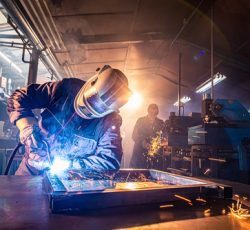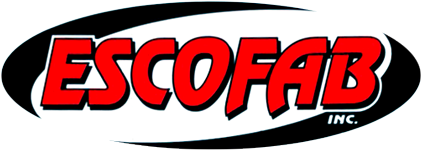 What Are The Best Tips For Welding?
What Are The Best Tips For Welding?
Whether you are a professional welder or someone who is just starting out, welding can be a tough skill to master. But there are a few tips that can help you get better at it.
1. Make Sure Your Workspace Is Clean
A clean work space can make your welding job easier and less stressful. Having a clear workspace can also make it easier for you to find what you need when you need it. A cluttered workspace is not only frustrating but it can be dangerous. It can also impede your productivity and affect your mood and well-being. Besides helping you stay focused on your work, a clean workspace will also help to elevate your brand. People will see your workspace as an indicator that you have high standards and a commitment to quality.
2. Keep Your Eyes On The Flash
Welders are at risk of damaging their eyes due to exposure to ultraviolet light from the welding arc. These rays can cause photokeratitis, which leads to severe eye pain, inflammation and infection. While welders are at higher risk of developing photokeratitis, other workers can get the condition too if they aren’t wearing proper eye protection. Other causes include reflections from snow, water and sand, which can also damage the eyes. If you experience the above symptoms, visit an eye doctor as soon as possible. The eye doctor can use dilating drops to reduce your pain and inspect your eyes for signs of damage.
3. Wear Your Helmet
A welding helmet is an essential piece of equipment that should always be worn when you are working on a weld job. They protect you from UV radiation, hot slag and debris that can hurt your eyes and even cause permanent blindness. Helmets come in a variety of different models and sizes, so it is important to choose the one that fits your needs. It should be comfortable and lightweight, and it should wrap snugly around your head. Some welding helmets also feature auto-darkening lenses that automatically darken as soon as you start an arc. This helps minimize eye fatigue and can increase productivity and safety.
4. Always Inspect Your Equipment
When you’re ready to begin welding, it’s important to take the time to inspect your equipment. This may be as simple as checking the torch’s sound and seeing if it feels right, but it’s a very important step for safety. Whether it’s a piece of heavy equipment or a smaller tool, inspections are necessary to ensure safety and productivity. With regular inspections, you’ll be able to catch problems before they cause damage and increase your equipment’s lifespan. Inspecting your equipment isn’t just a good idea for safety; it can also save you money and improve your company’s bottom line. Having regular maintenance and inspections is the only way to prevent costly repairs and maintain your equipment in top condition. It’s an investment that will pay off in the long run.
5. Inspect Your Work Area
A cluttered work area can lead to a welding fire, so it’s important that you keep your workspace neat and organized. It should only contain the tools and equipment you are using on a specific project. It is also critical that you check the area for any flammable materials. If you find anything, remove it from the work space immediately. You should also make sure that your work area has a working fire extinguisher nearby. If not, you should at least have sand buckets or other equipment that can put out flames in the event of a fire. Taking the time to follow these safety guidelines can help you reduce your risks when welding and protect yourself, your coworkers and your equipment. If you want to learn more about welding safety and what you can do to ensure your work area is safe, contact Escofab Inc. today!
